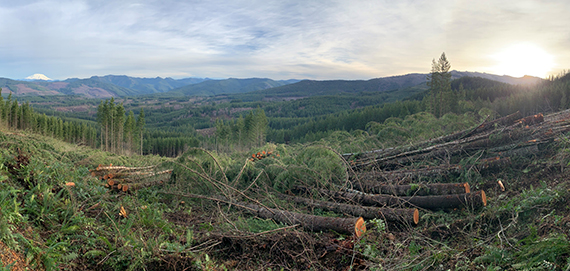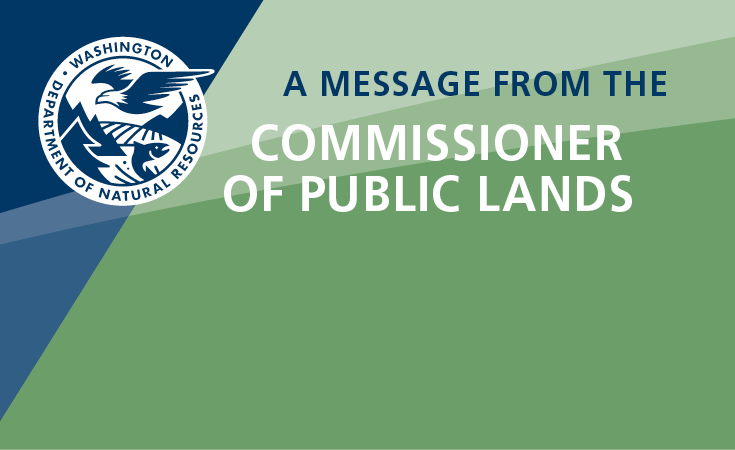Sustainable Harvest Calculation
Generating a perpetual supply of revenue on state trust lands for trust beneficiaries requires responsible management with an emphasis on long-term sustainability. A major component of DNR’s approach to sustainable management is calculation of a sustainable harvest level, which is the volume of timber to be scheduled for sale during a planning decade according to applicable laws, policies, and procedures (RCW 79.10.300)(5).
DNR is required to set a sustainable harvest level by Washington state law. Specifically, DNR must periodically adjust acreages designated for inclusion in the sustained yield management program and calculate a sustainable harvest level (RCW 79.10.320). Sustained yield means harvesting on a continual basis without major prolonged curtailment or cessation of harvest (RCW 79.10.310). The sustainable harvest level is a policy decision that requires approval from the Board of Natural Resources.
DNR calculates a separate sustainable harvest level for forested state trust lands located east and west of the Cascade Crest because growing conditions and management strategies in these areas are so different. Visit the following links to learn more about the current westside and eastside calculations, and the past two calculations for westside forested state trust lands.



